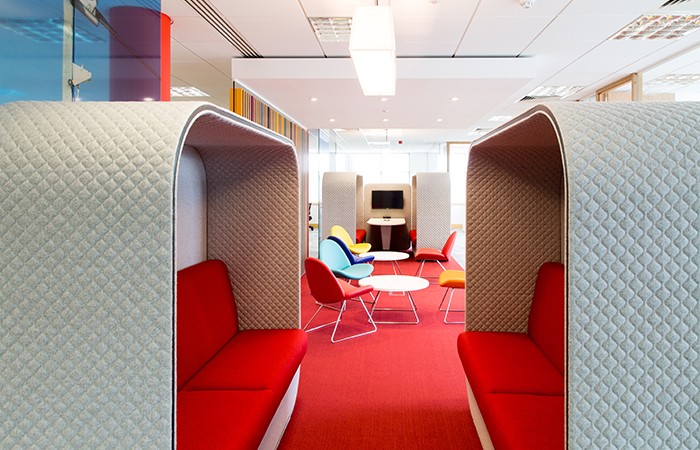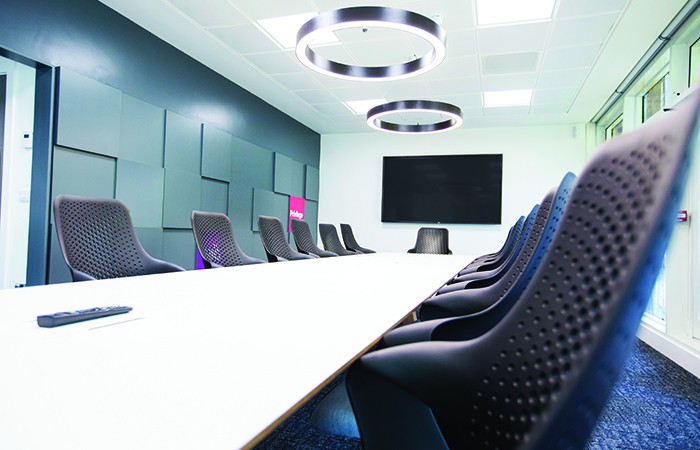Boss: Four rooms of a learning environment
Learning is an activity that is hardwired into us, which is what Boss understands well. Universities are no longer just about teaching, learning and researching, but for living and working. Offices are no longer just about the nine to five, they are about developing employees through training and retaining skilled workers.
Boss, who is a member of the BCFA, has created four forms of the learning environment: Learner centred, collaborative, focused, and assessment.
Learner Centred
A learner centred environment encourages people to become independent learners, ultimately in charge of their own education and others should they collaborate. Boss sees a shift away from rooms in which desks are arranged in lines facing a tutor towards more relaxed and collaborative settings
A team based environment on the other hand, is learner focused. It may consist of circular tables or soft seating. It is unlikely to focus its attention on the ‘front of the room’. Teams of students work collaboratively with the instructor working as their mentor or guide.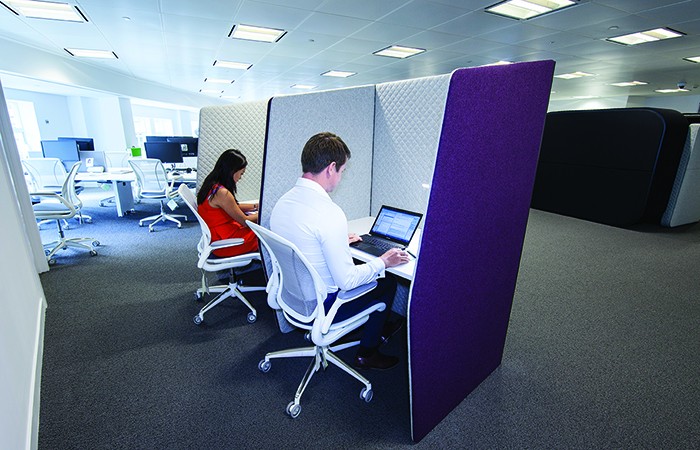
Collaborative
Community based environments are essential in the context of what we now understand about how people learn. Although on the surface these may look somewhat like traditional classrooms, the processes involved and the culture represented are very different. This change in focus should be evident in the design of the room.
As it is in a business setting, this could include focus on the centre of the group, not its apex.
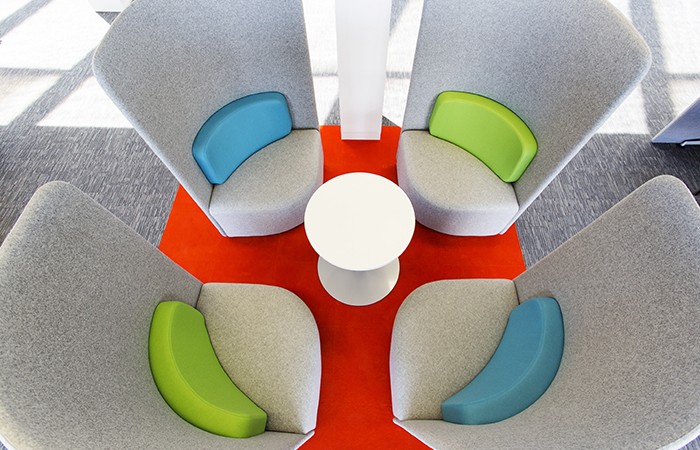 Focused
Focused
Everybody needs time to acquire and develop the knowledge they need to support their ideas, creativity and interactions with others. Focus is essential. The traditional setting for focused work was often the library or a private room and these remain essential, often providing us with a model setting for such work.
By providing the context for knowledge, offering different sources of information to enrich the learning process, and settings that allow for focus and critical thought, students should be surprised by what they can learn and discover, not the interruptions of neighbours or devices.
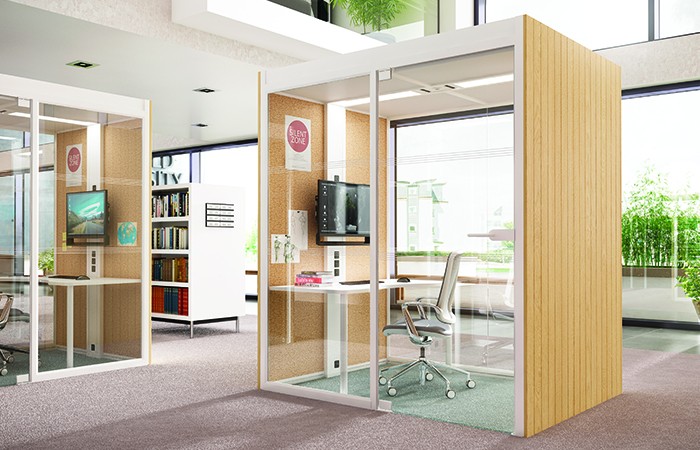 Assessment
Assessment
The process of assessment, both continuous and test based, should also be reflected in specific types of learning environments. The exam room, with its constraints on interactions and interruptions remains the closest remaining adaptation we have of the traditional didactic model.
Boss Design is now a successful international operation with global production capability. The company manufactures in five continents, with plans for further expansion, and has an international supply chain servicing more than thirty countries. If their ideas and pieces would work with your project, why not contact Boss? You can see their previous works on Design Insider, such as their sketch series on the Isla Chair.
Contact Boss





